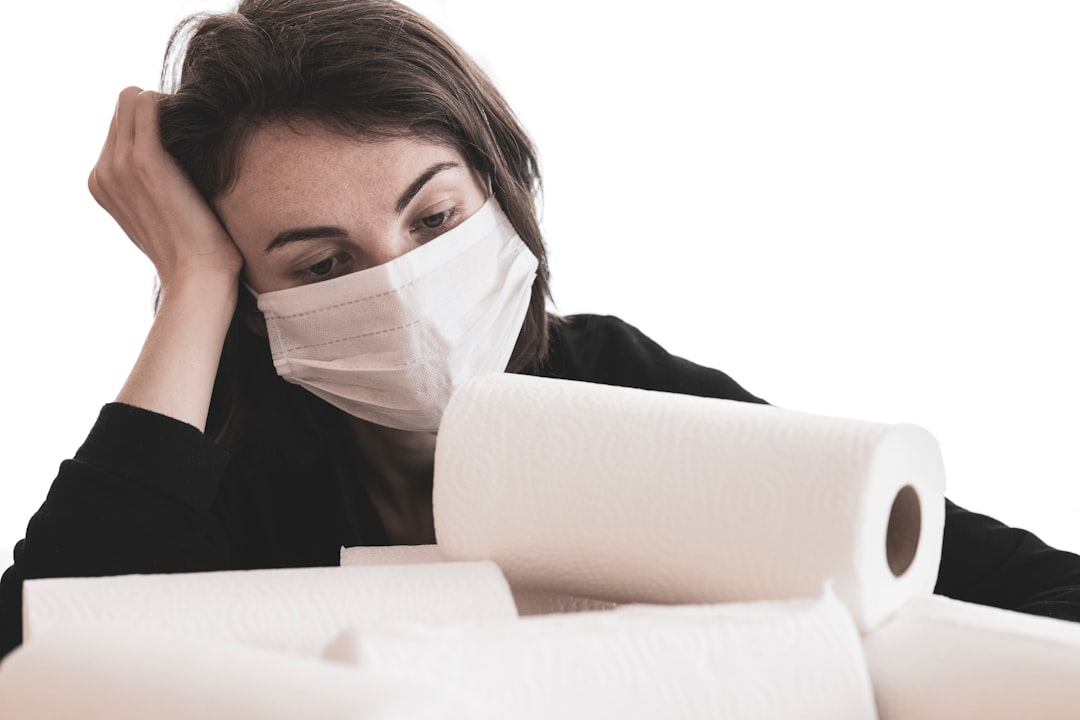Why This Year’s Flu Could Feel Familiar – But Not in a Good Way (Image Credits: Unsplash)
As the crisp fall air settles in across the U.S., you can almost feel the shift toward cozy sweaters and, unfortunately, the start of sniffle season.
Why This Year’s Flu Could Feel Familiar – But Not in a Good Way
Picture this: last winter’s flu season was one of the toughest in years, with millions sidelined by illness. Experts at the CDC are now eyeing a similar vibe for 2025-2026, calling it moderate but packing the same punch as before. It’s not the end-of-the-world scary, yet it still means hospitals could see a surge in cases.
The circulating strains look a lot like those troublemakers from last year. Influenza A(H3N2) and B/Victoria lineages are leading the charge, which hit hard on kids and older folks. While predictions aren’t crystal balls, the data points to steady activity ramping up soon.
Still, there’s a silver lining. Vaccination rates held decently last time, and that could blunt the edge if we keep it up.
Peak Predictions: When and Where It Might Strike Hardest
Flu doesn’t follow a strict calendar, but history shows it often peaks between December and February. For 2025, the CDC forecasts hospitalization numbers on par with last season’s highs – think around 500,000 or more across the country. Southern states might kick things off earlier, while the Midwest and Northeast could drag into spring.
Right now, as of mid-October, cases are ticking up in spots like Texas and California. Schools are already reporting absences, a classic early warning sign. If you’re in a densely populated area, keep an eye on local health alerts.
Global patterns from Australia and the Southern Hemisphere hint at what’s coming our way. Their tough season earlier this year suggests we’re not out of the woods yet.
Vaccination: Your Best Defense in an Unpredictable Fight
Hands down, the flu shot remains the MVP here. The 2025-2026 vaccine targets the dominant strains, offering solid protection even if it’s not 100% foolproof. Health officials urge everyone six months and up to get it, especially if you’re around vulnerable people.
Timing matters – aim for late October or early November to build immunity before the crowds hit. Clinics, pharmacies, and even some workplaces are rolling them out now. Last season’s shot cut severe cases by about 40-60% in vaccinated groups.
Don’t forget the high-dose options for seniors; they pack extra oomph against H3N2. Pair it with a COVID or RSV jab if needed – no drama, just smart layering.
Everyday Habits That Could Save Your Holidays
Beyond the shot, simple routines make a huge difference. Wash your hands like it’s your job, especially after public spots or before meals. That old-school advice? It slashes germ spread by up to 20%.
Mask up in crowded indoor spaces if someone’s coughing nearby. Stock your medicine cabinet with fever reducers, tissues, and hydration packs – flu hits hard with aches and exhaustion.
For families, teach kids the drill: no sharing drinks, cover coughs, and stay home if feverish. Workplaces can help too, by encouraging remote days during peaks.
Who’s at Higher Risk and What to Watch For
Young children, pregnant people, and those over 65 top the worry list, along with anyone with chronic conditions like asthma or diabetes. Symptoms start sneaky – fatigue, chills – then boom, full-blown fever and body pains.
Keep tabs on breathing issues or prolonged high temps; those scream “see a doctor.” Antivirals like Tamiflu work best within 48 hours of onset, so don’t drag your feet.
Communities with lower vax rates, like some rural areas, might see hotter spots. Stay informed via CDC updates or apps tracking local outbreaks.
Wrapping Up: Stay Ahead of the Curve This Winter
In the end, a moderate flu season still demands respect – prep now, and you might dodge the worst of it. The real win comes from community effort: vaccinate, protect the vulnerable, and lean on proven habits.
What’s your go-to flu fighter? Share in the comments below.
Key Takeaways
- Get your flu shot by early November for peak protection.
- Focus on handwashing and masking in high-risk settings.
- Monitor symptoms closely if you’re in a vulnerable group – early action counts.








